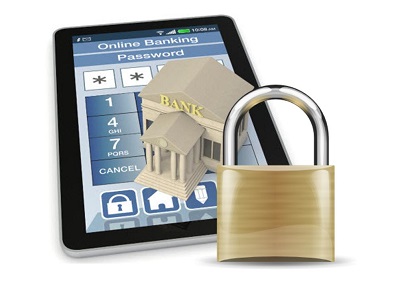Bitcoin may become the sixth largest reserve currency in the world by 2030
Digital currency is becoming a more powerful force in the global economy, especially as mobile commerce continues to grow in popularity. A new study from Magister Advisors and International Business Times predicts that Bitcoin, a famous, but relatively controversial digital currency, will become the sixth largest global reserve currency by 2030. Though Bitcoin is quite volatile in value, more consumers and businesses are showing favor for this currency as they become more committed to the digital world.
Digital currency is gaining support in Europe
Bitcoin is currently experiencing a very large increase in value, which is being fueled by a recent decision from the European Union, which has declared that Bitcoin is an actual currency and that it is exempt from value added taxes associated with exchange transactions. The study suggests that banks throughout the world will invest approximately $1 billion into Bitcoin and Bitcoin exchanges over the next two years. Banks are expected to make use of new processes for clearance and settlement in order to make Bitcoin more convenient for consumers to use in the future.
Bitcoin remains somewhat infamous due to its volatility
Digital currencies have become somewhat infamous, largely due to their volatile nature. In the case of Bitcoin, the currency has been unregulated for the majority of its existence. This has lead to major fluctuations in the currency’s value, with crashes in value leading to financial ruin for some individuals and organizations that have heavily invested in the currency. While 90% of Bitcoin’s value is held in speculation, the vast majority of transactions made with the currency are commercial transactions that are occurring in developing economies throughout the world.

Consumers show interest in Bitcoin as mobile commerce grows
Growing in popularity, Bitcoin for beginners AKA: newbies, has been catching on especially for mobile users. This is mainly due to the rising popularity of people taking care of their investment profiles via their phone. More consumers are relying on their mobile devices to do their shopping, both online and in physical stores, and Bitcoin represents a relatively easy way to make large purchases. As this trend continues to gain momentum, more retailers and banks are expected to show their support for this digital currency.

 For instance, some types of mobile
For instance, some types of mobile 